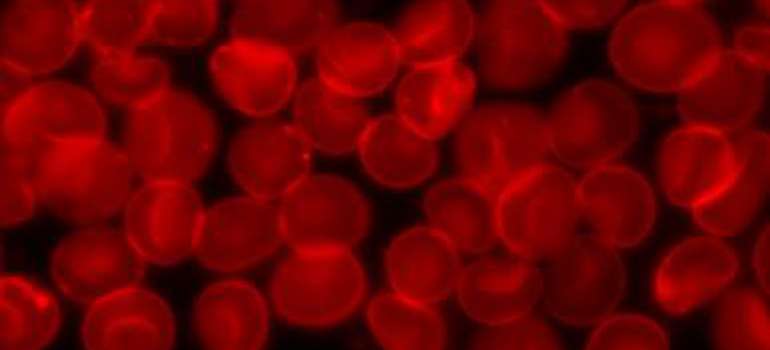New inflammatory biomarker predicts elevated thrombosis risk in cancer patients

Cancer patients are known to have an increased risk of thrombosis. As part of the CATS study, MedUni Vienna researchers have now investigated a correlation between an activated immune system in cancer patients and their risk of thrombosis. It was found that citrullinated histone 3, known as "H3Cit", a protein released into the blood by specialised immune cells, correlates with an elevated risk of thrombosis. The results of the study have been published in the Journal of Thrombosis and Haemostasis.
Venous thromboembolism – occlusion of venous blood vessels – is a known complication in cancer patients. Cancer patients have an approximately 4 – 7 times higher risk of thromboembolism, depending upon the type, stage and mode of treatment of the tumour. Blood-thinning drugs can be given prophylactically but these are not entirely without risk, since they affect the physiology of blood clotting and increase the risk of bleeds. The researchers believe that, to avoid exposing patients to further unnecessary complications, it would be preferable to be able to predict their individual risk more accurately.
A research group, led by biologist Lisa-Marie Mauracher and doctors Johannes Thaler, Cihan Ay and Ingrid Pabinger from the Division of Hematology and Hemastasology at MedUni Vienna's Department of Medicine I, has now studied the behaviour of a subgroup of white blood cells, neutrophil granulocytes, and their influence upon increased thrombosis risk in cancer patients.
Neutrophil granulocytes are part of the immune response and their function is to identify and destroy microorganisms. One of their characteristics is that they release their DNA, which spreads like a net to trap and fight microorganisms. In addition to their role in immune defence, these DNA nets or traps are also involved in the development of thrombosis, since platelets (thrombocytes) get caught in the traps, are activated and can lead to vascular occlusion. Citrullinated histone 3 (H3Cit), a component of DNA traps, released into the blood, is measured to allow a more accurate analysis of the relationship between DNA traps and the development of thrombosis.
For the first time, the study has now enabled MedUni Vienna researchers to confirm their initial hypothesis, namely that the H3Cit protein is associated with an elevated risk of thrombosis. Says Mauracher: "This also indicates a correlation between thrombosis and inflammation. This parameter can potentially be used in diagnostic procedures in the future."
More information: L.-M. Mauracher et al. Citrullinated histone H3, a biomarker of neutrophil extracellular trap formation, predicts the risk of venous thromboembolism in cancer patients, Journal of Thrombosis and Haemostasis (2018). DOI: 10.1111/jth.13951
















